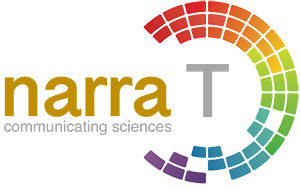Blood lead levels and their association with children’s factors, nutritional status, and daily dietary intake in used lead-acid battery (ULAB) recycling area
DOI:
https://doi.org/10.52225/narra.v5i1.2059Keywords:
Environmental exposure, recycling area, lead-acid battery, blood lead level, nutritional statusAbstract
Evidence has shown that unregulated lead battery recycling is a significant contributor to lead exposure in many countries. The aim of this study was to investigate the factors associated with blood lead levels (BLLs) among children aged 1 to 5 who reside within 250 meters of used lead-acid battery recycling areas in three metropolitan neighborhoods in Indonesia. Using a cross-sectional approach, data was collected through in-person household visitations. The assessed risk factors included socio-demographic data, nutritional status, immunization, breastfeeding status, and daily food intake. BLLs were measured using the LeadCare II portable device and confirmed with plasma mass spectrometry, then classified based on the recommendations of the Centers for Disease Control and Prevention (CDC). A multivariate multinomial logistic regression was used to analyze the association between children’s characteristics and daily eating habits as predictors of BLLs. Out of a total of 433 eligible children, 361 were included in this study. High monthly household income (adjusted odds ratio (aOR): 0.16; 95% confidence interval (95%CI): 0.04–0.67), child’s age (aOR: 0.21; 95%CI: 0.07–0.64), and being boy (aOR: 2.19; 95%CI: 1.17–4.10) were associated with medium BLLs in comparison to low BLLs. In addition, high fruit consumption (AOR: 1.91; 95%CI: 0.99–3.66) and high dairy consumption (aOR: 0.42; 95%CI: 0.27–0.76) were associated with medium BLLs in comparison to low BLLs. Our study also indicated that being a boy (aOR: 5.53; 95%CI: 1.68–18.25), completed breastfeeding history (aOR: 3.47; 95%CI: 1.18–10.23), short outdoor activity duration (aOR: 0.30; 95%CI: 0.09–0.97), high heme-rich iron consumption (aOR: 0.32; 95%CI: 0.10–1.00), and high dairy consumption (aOR: 0.13; 95%CI: 0.04–0.44) were associated with high BLLs in comparison to low BLLs. This study highlights the necessity for further investigation into the impact of various dietary groups on the BLLs of children living around used lead-acid battery recycling areas.
Downloads
Downloads
How to Cite
Issue
Section
Citations
License
Copyright (c) 2025 Putri B. Machmud, Indira Prihartono, Nurhayati A. Prihartono

This work is licensed under a Creative Commons Attribution-NonCommercial 4.0 International License.



